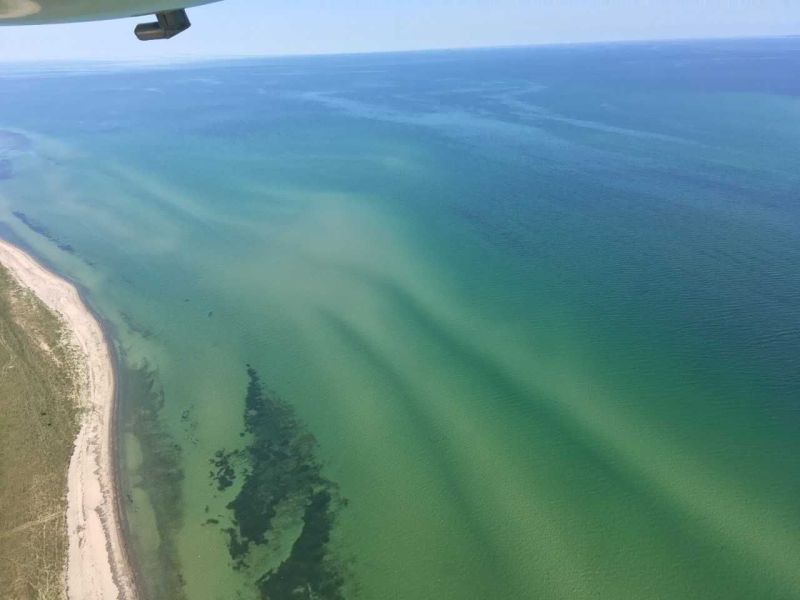
| Project data | |
|---|---|
| Scientific work: | Bianca Unger¹, Dominik Nachtsheim¹, Nadya Ramírez Martínez¹, Signe Sveegaard², Line Anker Kyhn², Jeppe Dalgaard Balle², Jonas Teilmann², Julia Carlström³, Kylie Owen³ |
| Project leader: | Prof. Prof. h. c. Dr. U. Siebert, Dr. Anita Gilles |
| Project term: | June until December 2020 |
| Sponsorship: |
BfN (Deutschland) Danish Environmental Protection Agency (Dänemark) Swedish Agency for Marine and Water Management (Schweden) |
| Cooperation: |
¹ Institute for Terrestrial and Aquatic Wildlife Research (ITAW), University of Veterinary Medicine Hannover Foundation, Werftstraße 6, 25761 Büsum, Germany ² Centre for Environment and Energy, Aarhus University, Frederiksborgvej 399, 4000 Roskilde, Denmark ³ Naturhistoriska Riksmuseet, Frescativägen 40, 104 05 Stockholm, Sweden |

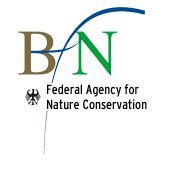
Joint survey by Denmark, Germany and Sweden
Project description
The harbour porpoise (Phocoena phocoena) is the most abundant cetacean species occurring year-round in both the North Sea and Baltic Sea. In the Baltic Sea region and the North Sea, three distinct populations of harbour porpoises are recognised: (1) the Baltic Proper population in the inner Baltic Sea, (2) the Belt Sea population in the western Baltic Sea, Belt Sea, the Sound and southern Kattegat, and (3) the North Sea population, which occurs from the northern Kattegat, through Skagerrak to the entire North Sea. The three populations are genetically and morphologically distinct. Furthermore, satellite telemetry and passive acoustic monitoring studies have demonstrated limited exchange and geographic overlap between the North Sea and Belt Sea populations, and between the Belt Sea and the Baltic Proper populations. These findings have led to the suggestion of defined summer management borders, which should be used when monitoring the Belt Sea population.
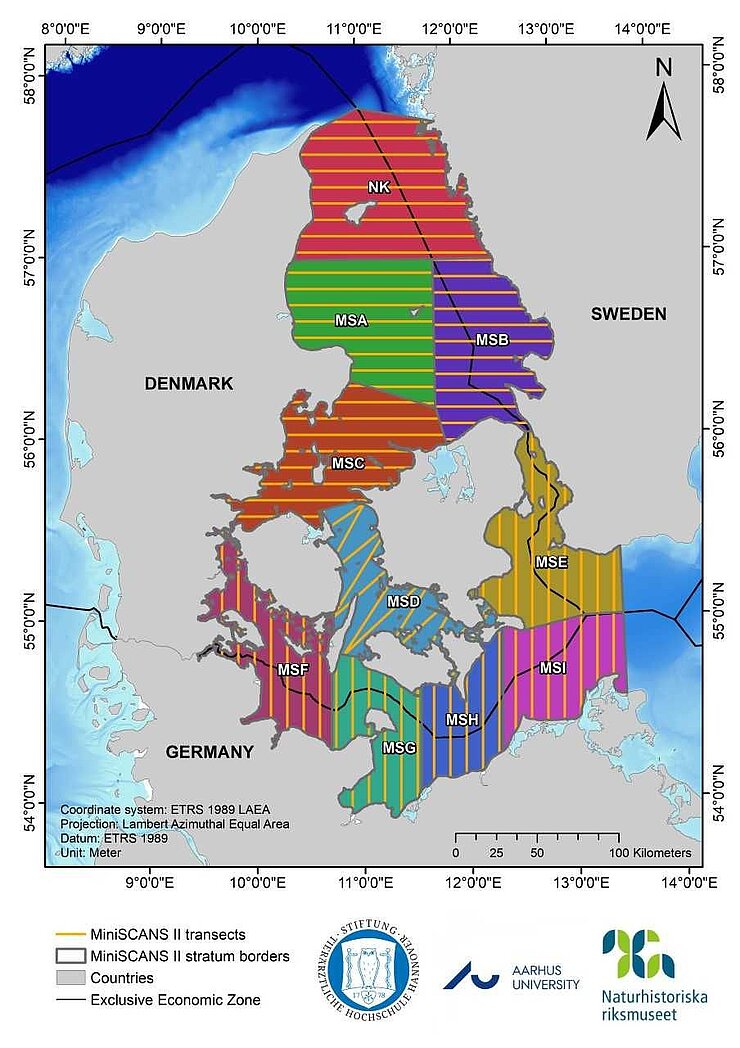
In the EU, the Habitats Directive (Directive 92/43/EEC) demands that all member states protect the harbour porpoise in its entire natural range, and designate Special Areas of Conservation (SACs) as part of the Natura 2000 network. Furthermore, the Marine Strategy Framework Directive (MSFD) (Directive 2008/56/EC) emphasises the need for cross-border monitoring of a wide-ranging species, such as the harbour porpoise. Consequently, management programmes will have to include monitoring not only of porpoise abundance within the designated Natura 2000 sites, but also of the entire biological population to detect any changes in absolute abundance. In order to assess and report on the status of the population in time with the six-year reporting cycle of the Habitats Directive and also of MSFD, the abundance and distribution surveys should be conducted approximately every six years.
The waters inhabited by the Belt Sea population were so far assessed few times and in irregular intervals since the 1990s. The first dedicated survey of the population was carried out in 2012 and was termed MiniSCANS. In 2020, Germany, Denmark and Sweden conducted a dedicated large-scale aerial survey (MiniSCANS-II) for harbour porpoises in the area of the Belt Sea population. The Institute for Terrestrial and Aquatic Wildlife Research, University of Veterinary Medicine Hannover, Foundation (Germany), Aarhus University (Denmark) and the Swedish Museum of Natural History Stockholm (Sweden) were involved in the planning and realisation of the survey. The survey used the same protocol and methodology for aerial surveys as implemented in the previous SCANS surveys, as well as in the national monitoring surveys conducted in German, Dutch and Danish waters to derive unbiased absolute abundance estimates. The results of this study allowed for estimating abundance and potential trends to monitor progress in achieving favourable conservation status under the Habitats Directive and good environmental status (GES) as demanded by the MSFD.
Report with results from MiniSCANS-II for download
The German contribution was part of the project TopMarine.
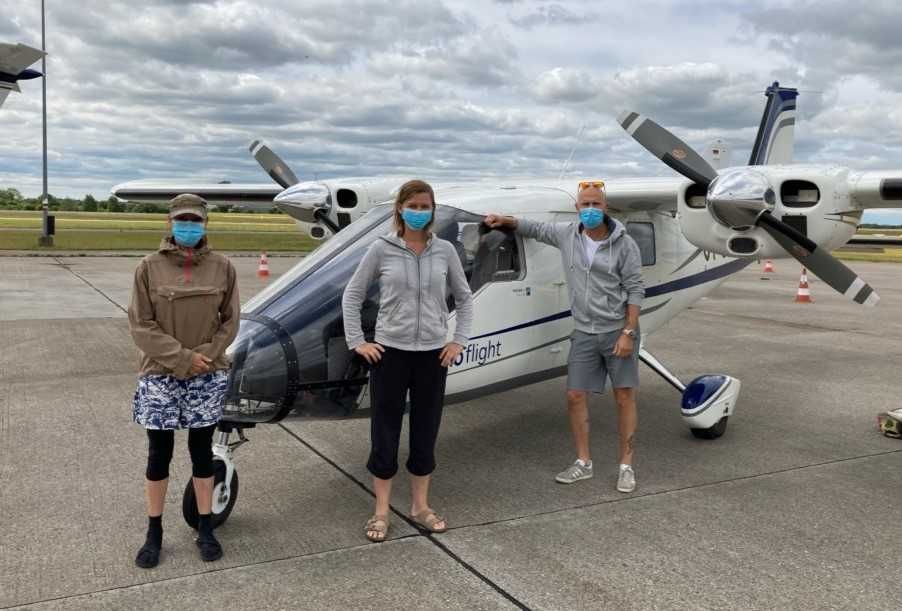
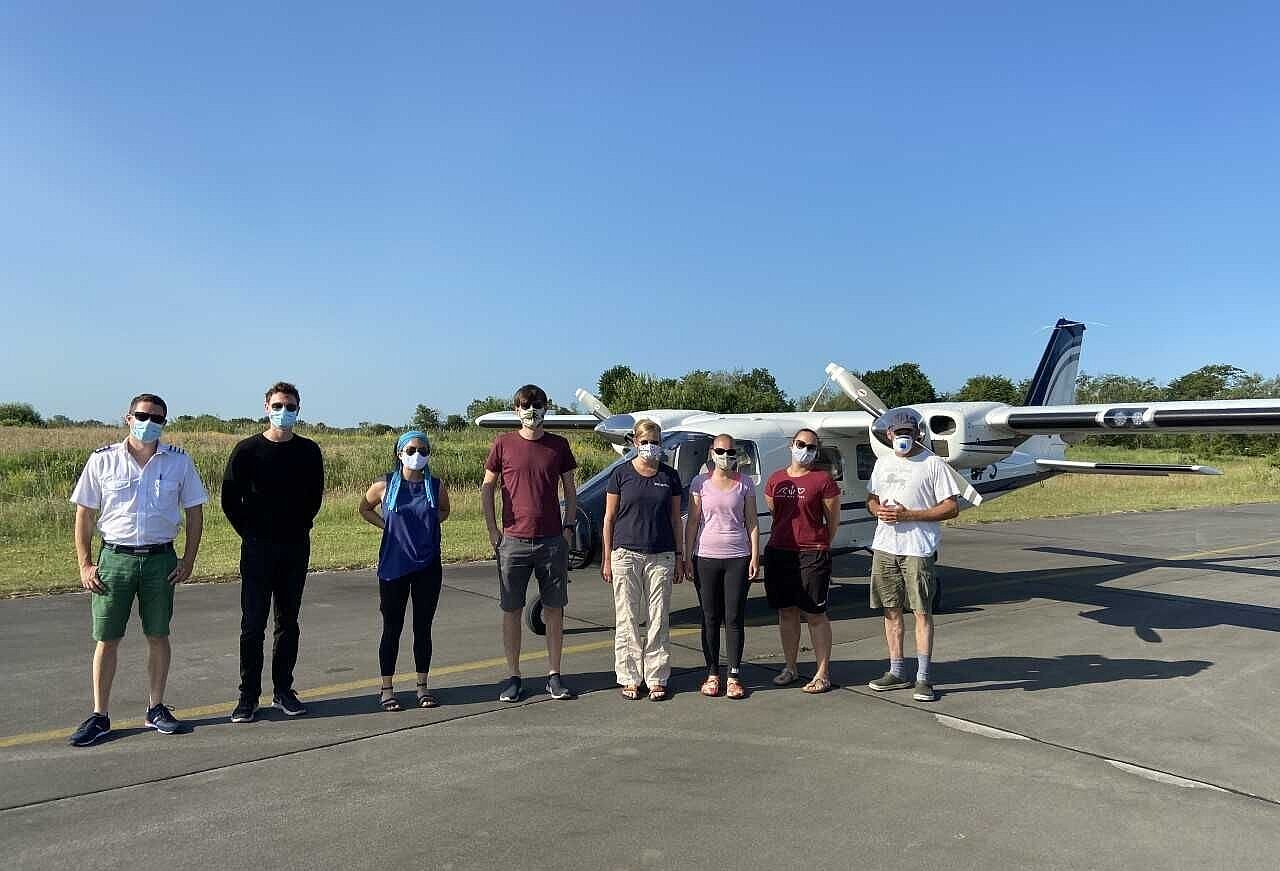
Contact person
Stiftung Tierärztliche Hochschule Hannover
Institute for Terrestrial and Aquatic Wildlife Research
Werftstr. 6
25761 Büsum
Dr. Anita Gilles
Phone: +49 (0)511-8568177
e-mail schreiben


